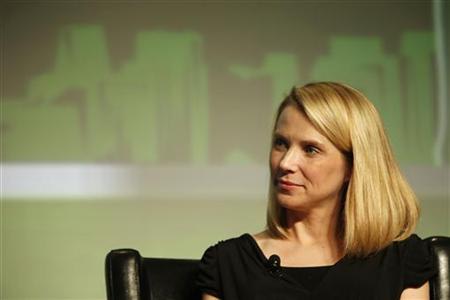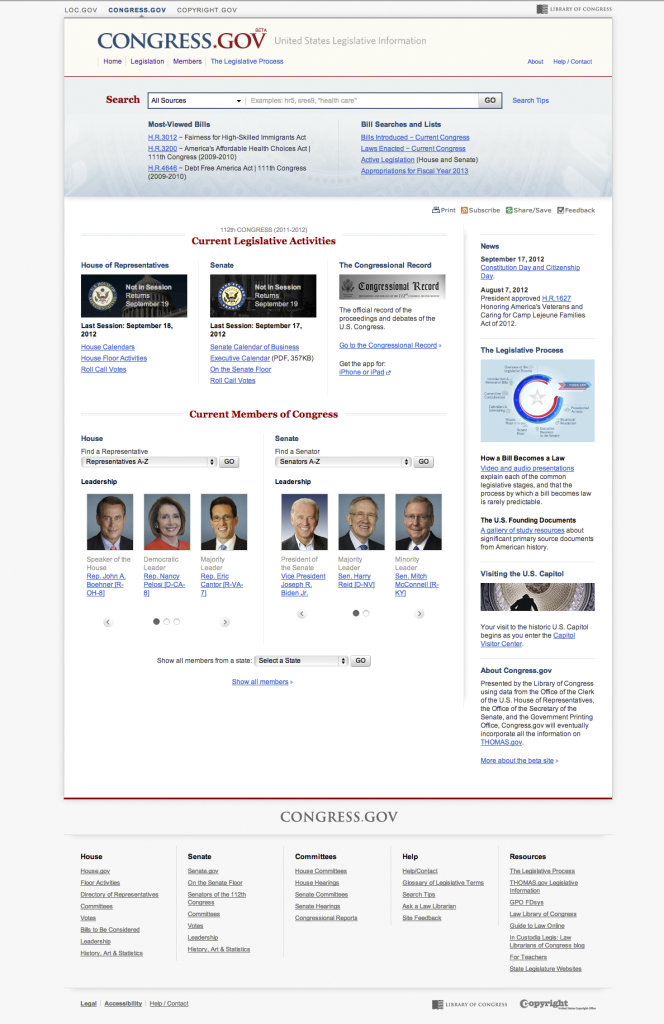
SANTA MONICA, Calif. (AP) — Amazon.com Inc. refreshed itsKindle line of gadgets on Thursday. It updated its Kindle Fire tablet computer and announced new stand-alone e-reader models.
The Fire will be an effort to take a larger share of a tablet computer market dominated by Apple's iPad. It could helpAmazon boost sales of digital goods such as e-books and movies.
The event came a day after Nokia Corp. and Google Inc.'s Motorola Mobility division announced five new smartphones between them. The two from Nokia will be the company's first to run the next version of Windows.
Consumer electronics makers are trying to generate interest in their products now, before Apple announces a new iPhone and possibly a mini iPad next week.
The Amazon event took place at a former airplane hangar in Santa Monica, Calif., with CEO Jeff Bezos presiding.
Here's a running account of the event, presented in reverse chronological order. All times are PDT.
___
11:55 a.m.
Just before the event ended, Amazon unveiled another Kindle Fire model, one with the ability to connect to the 4G cellular networks that phone companies are building. It will cost $499 and come with 32 gigabytes of memory and an 8.9-inch screen. A data plan will cost $50 a year.
___
11:50 a.m.
Amazon is revealing prices for the HD models. A 7-inch model will sell for $199 and ship next Friday. An 8.9-inch model will go for $299 and start shipping Nov. 20.
Amazon has pursued a strategy of selling lower-priced tablets at thin, if any, profit margins in order to boost sales of digital items from its online store. It's akin practically giving away shavers to sell razor blades later.
___
11:40 a.m.
Amazon unveiled a slew of other features.
There's "Immersion Reading," where Kindle books can be synchronized with Audible audiobooks. It lets you read and listen at the same time.
There's also "X-Ray for Movies" on the Kindle Fire HD, where you can tap the screen at any time to find out who the actor is. That uses the IMDb database service owned by Amazon.
"Whispersync for Games," meanwhile, will let you pick up where you left off when playing games.
The Fire will also come with parental controls, adjustable by content. A kid may have free reign on books but have limits on games, TV and movies, for instance. Different time limits can be set for different kids.
There's also a front-facing camera for the first time, and it can be used with a custom app for the video chat service Skype. The iPad has two cameras, which is useful for videoconferencing.
___
11:30 a.m.
Amazon is coming out with a high-end version of the Kindle Fire. Called Kindle Fire HD, it will have two Wi-Fi channels for faster transfers. That will be crucial for high-definition movies and other large files, Bezos said.
The HD model will also have more storage, starting at 16 gigabytes, compared with 6 GB for the old Fire. It wasn't immediately clear what the updated basic model will come with. The iPad also starts at 16 GB.
Bezos notes that the operating system takes up about 2 gigabytes, leaving an 8 GB model with just 6 GB.
"For a high-def device, 8 GB is dead on arrival," Bezos said.
___
11:20 a.m.
Amazon is updating its Kindle Fire tablet computer as it steps up competition with Apple's iPad. It will cost $159, down from $199 for the old model. It will start shipping next Friday.
That model will have a 7-inch screen, like the original one, but Amazon also revealed that other Fire models will be bigger at 8.9 inches on the diagonal. That's only slightly smaller than the iPad's 9.7 inches.
"We decided to go big," Bezos said.
The bigger Fire comes as Apple is believed to be working on a smaller version of its iPad, possibly at 7.85 inches.
___
11:10 a.m.
Amazon has introduced a new program called Kindle Serials. The idea is you buy a book once and get future installments automatically, without additional fees. Amazon will reissue Charles Dickens' "Oliver Twist" in serial form, for instance.
Amazon's stock hit its highest level ever Thursday, $252.28. The stock was up $3.42, or 1.4 percent, at $249.64 in afternoon trading during the announcement.
___
11:05 a.m.
Amazon is dropping the price of its low-end Kindle to $69, from $79. That will start shipping next Friday.
It's also unveiling a new feature that times your reading speed and tells you how much time you need to finish the chapter and the book.
___
11 a.m.
The first of the products Amazon unveiled wasn't the Fire tablet, but a stand-alone e-book reader. It has a black-and-white screen and is called Paperwhite.
It promises 25 percent more contrast. Bezos said "the whites are whiter, and the blacks are blacker."
The Paperwhite has a light source. Bezos says the device is "perfect in direct sunlight." Tablets such as the iPad and the Fire don't work as well in bright light because they are lit from the back. Bezos says the light on the Paperwhite is directed down at the display.
The device promises eight weeks of battery life, even with the light on.
It costs $119 and starts shipping Oct. 1. Amazon says it will start taking orders Thursday. There's also a model with 3G cellular connections for $179.
___
10:50 a.m.
Bezos has begun to talk about the Kindle Fire. He called it a service rather than a gadget — a reference to the fact that the tablet is about selling movies, TV shows and other digital content fromAmazon's store. Just a few days earlier, Amazon had announced a new content distribution deal with pay-TV channel Epix.
"People don't want gadgets anymore," Bezos said. "They want services. They want services that improve over time. They want services that get better."
___
10:45 a.m.
The music stops. An Amazon ad appears on screen, and Bezos appears on stage wearing a dark blue suit and a white shirt, with no tie.
"We love to invent," Bezos declared.
___
10:30 a.m.
The hangar is crammed with about 200 journalists awaiting the announcement. It's draped in black velvet as "Show Me The Light" by the Mystery Jets plays. Amazon's logo is on a huge screen at the front.








 WASHINGTON (AP) —
WASHINGTON (AP) — 















